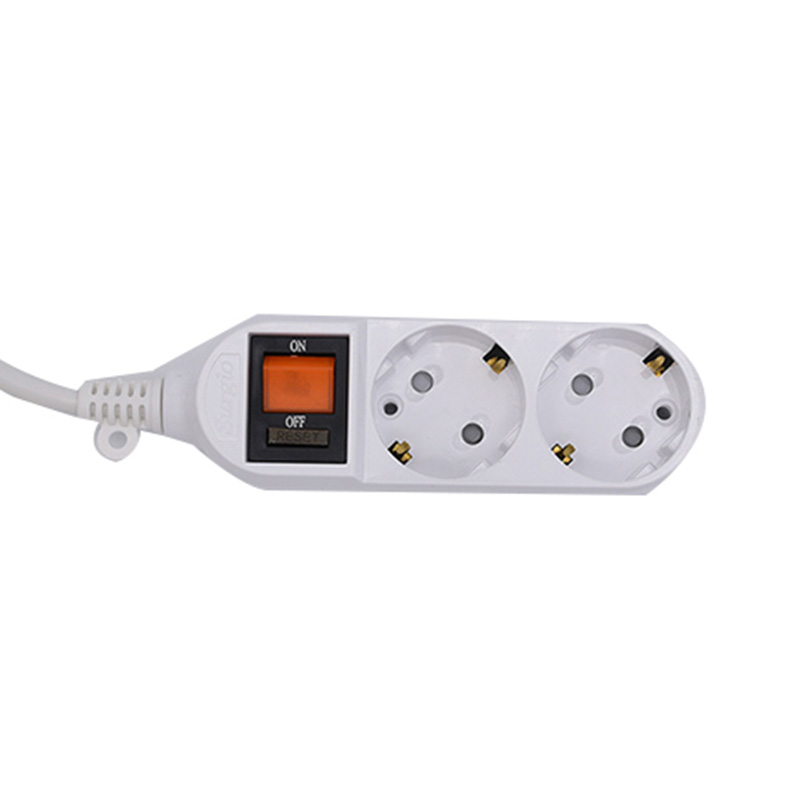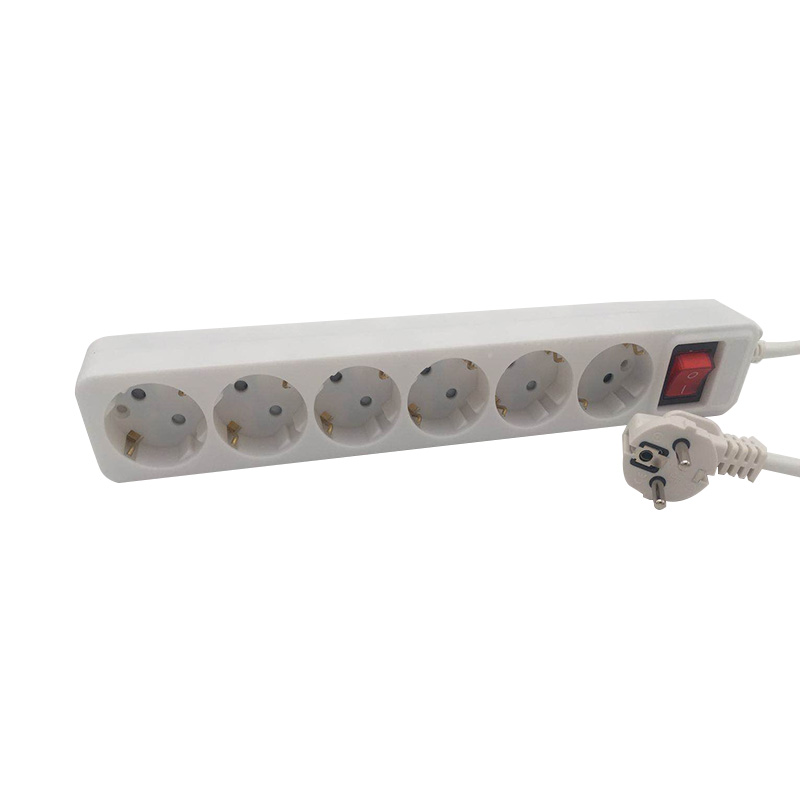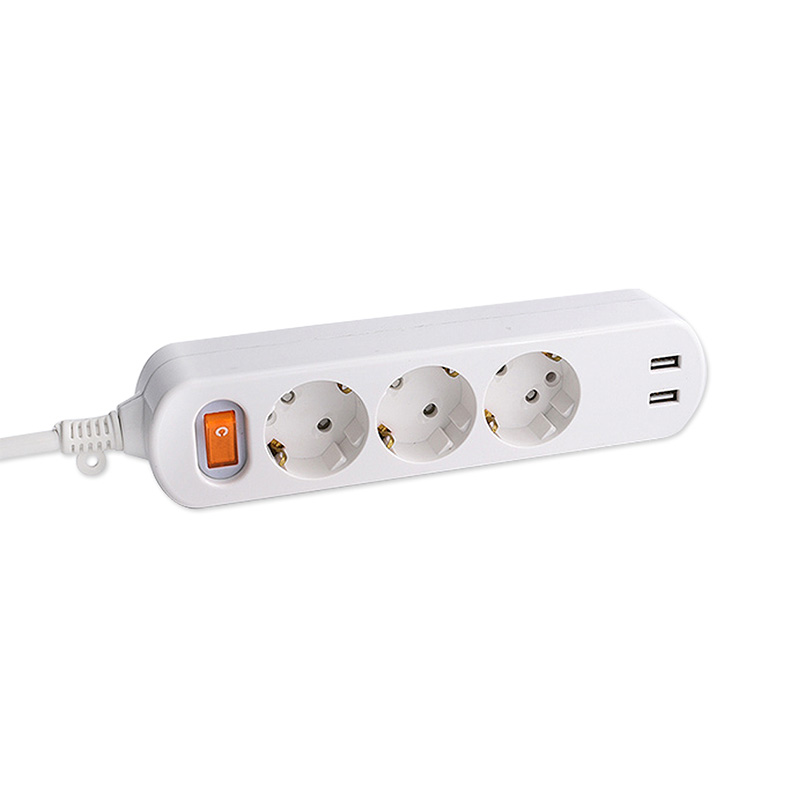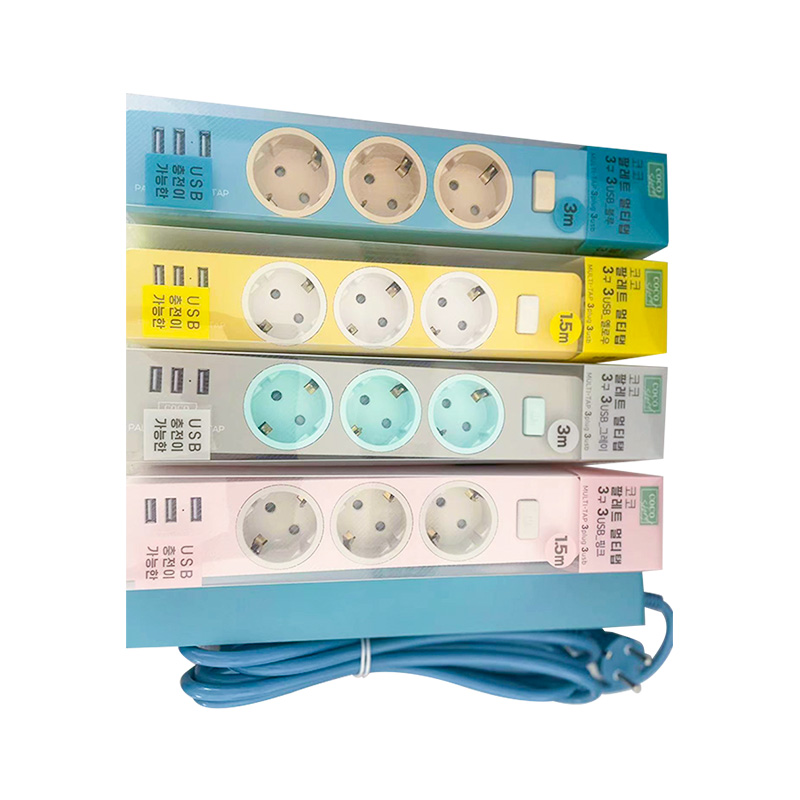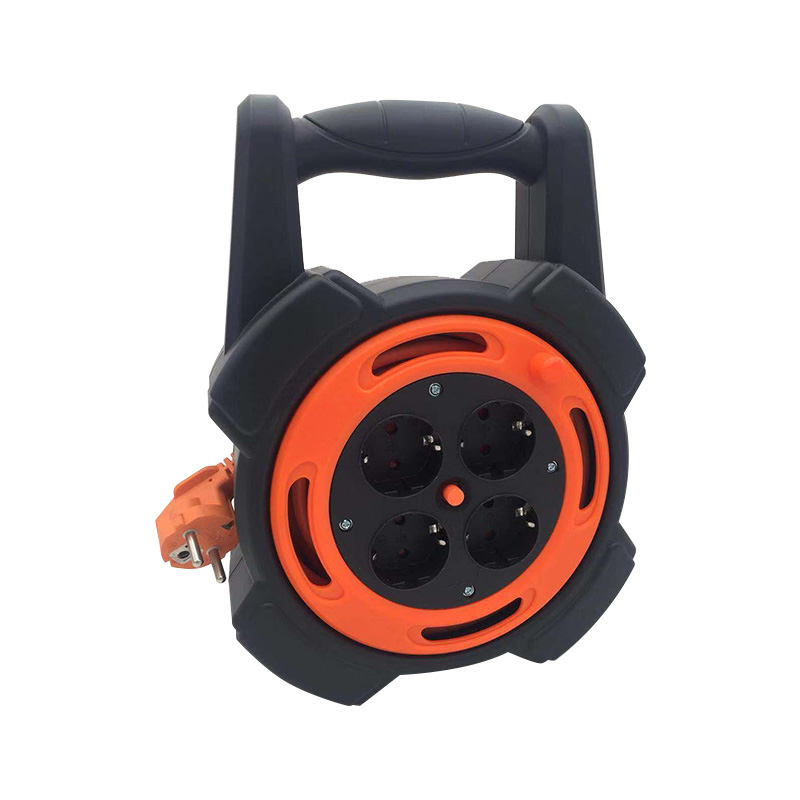Submit feedback
Will the power strip with USB port affect the charging speed?
 2025.07.08
2025.07.08
 Industry News
Industry News
With the rise of smart devices, USB ports have become a standard feature in many everyday items, including power strips. These modern power strips allow users to charge phones, tablets, smartwatches, and other USB-powered devices directly—without needing separate charging bricks. However, a common concern among users is: Will using a power strip with USB ports affect the charging speed?
The answer is: It depends. Several factors determine whether a power strip’s USB port delivers optimal charging speed or not. Let’s explore these factors in detail.
1. Power Output Rating of the USB Port
The first and most important factor is the power output of the USB ports on the power strip. USB ports vary in how much current (measured in amps) and power (measured in watts) they can provide.
Standard USB-A ports usually provide 5V/1A or 5V/2.1A. That’s enough to charge smartphones, but not as fast as modern fast-charging methods.
High-speed or “fast charge” ports can output 5V/3A, 9V/2A, or even higher, depending on the technology used.
USB-C Power Delivery (PD) ports can provide much faster charging—up to 100W in some high-end models.
If your power strip has low-power USB ports (e.g., 5V/1A), it will definitely charge your phone slower compared to using a dedicated fast charger or a high-wattage USB-C port.
2. Device Compatibility
Even if the power strip provides high power output, your device must also support fast charging to take advantage of it. For example:
An older phone that only supports 5V/1A charging won’t charge faster with a 5V/3A USB port.
Devices that support Qualcomm Quick Charge, USB Power Delivery, or other proprietary fast-charging protocols will only benefit if the power strip supports those standards.
So, it's essential to match the power strip's USB output to your device’s capabilities.
3. Number of Devices Connected
Another key factor is how many devices you’re charging at once.
If your power strip has multiple USB ports but a shared power limit, the speed per device may drop when more devices are connected.
Example: A strip with 4 USB ports and a total output of 20W may give each device only 5W if all ports are used at the same time.
Some premium power strips have independent power management per port, maintaining stable performance even when multiple devices are plugged in. But these are usually more expensive.
4. Cable Quality
Charging speed isn’t just about the power source—it’s also about the cable.
Poor-quality or old cables may not support high-speed charging, even if the power strip does.
USB-C cables generally support higher power transfer than standard USB-A cables.
Look for certified cables that are rated for fast charging (e.g., USB PD-rated or Quick Charge-certified).
If you're using a high-quality power strip but a low-quality cable, you may still experience slower charging speeds.
5. Heat and Power Efficiency
USB ports on power strips may not have the same heat management systems as standalone chargers.
Heat buildup can reduce charging speed as a safety measure.
Lower-quality power strips may throttle charging to prevent overheating, especially if multiple ports are used simultaneously.
High-end power strips often come with built-in safety features like over-current protection, over-voltage protection, and thermal control, which help maintain consistent charging performance.
6. Built-in Smart Charging Features
Some USB power strips include smart IC technology, which detects the optimal current required by each connected device and adjusts accordingly. This allows faster and safer charging.
Brands often advertise this as:
"Smart charging"
"Auto-detect technology"
"Adaptive output"
If your power strip includes such a feature, it will likely improve charging efficiency and speed for most devices.
7. Comparing With Wall Chargers
Generally, dedicated wall chargers—especially branded or fast-charging models—will provide better and more consistent charging performance than a typical USB power strip.
However, power strips are about convenience and versatility, not just speed. For many users, the slightly slower charging is a worthwhile trade-off for reducing clutter and combining multiple charging points into one device.
if you choose a high-quality power strip with modern charging standards and pair it with the right devices and cables, you can enjoy both convenience and decent charging speed. For heavy users or those needing ultra-fast charging, a dedicated charger may still be the better choice.
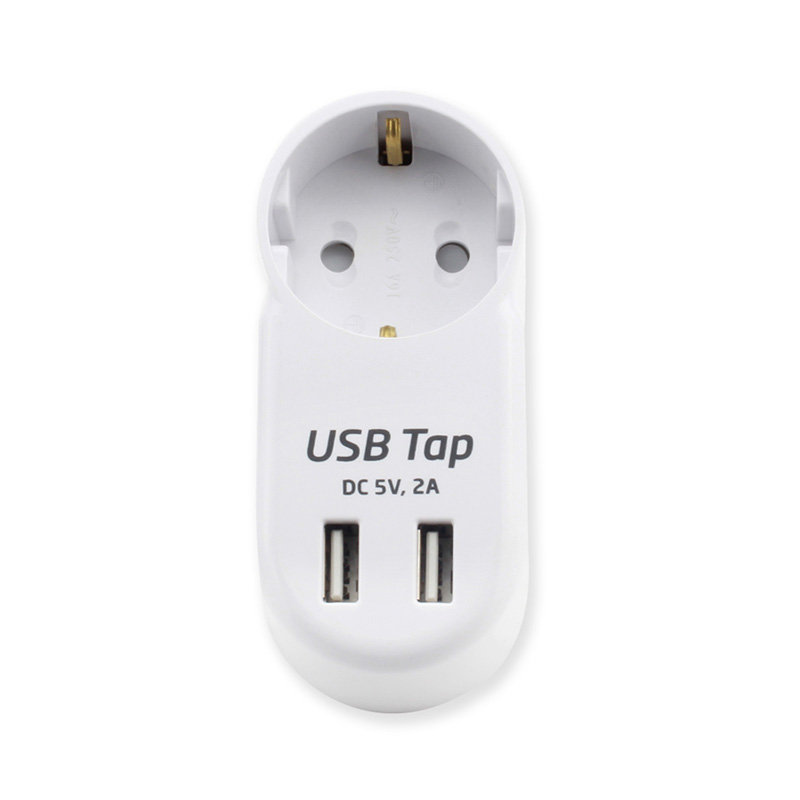
 TOP
TOP
 ENG
ENG
 English
English русский
русский 한국어
한국어 Deutsch
Deutsch

